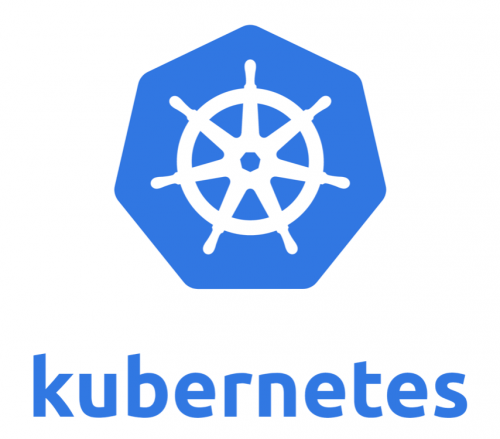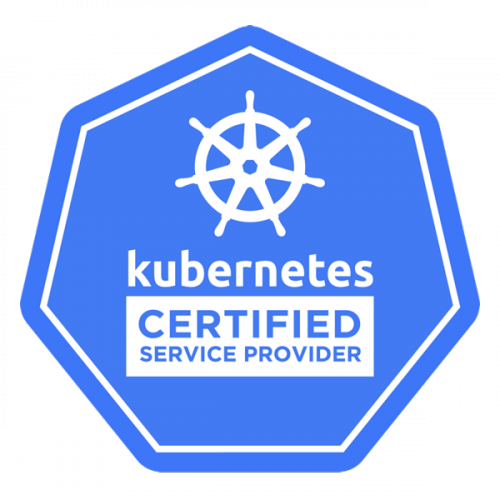

Portable, efficient and incredibly flexible
Container technology is considered one of the major milestones of cloud evolution. The technology captured the industry’s attention with the introduction of the Docker container platform in 2013 and has since taken the IT world by storm. Companies are adopting containerised applications with breath-taking speed.

Put simply, a container is a package that consists of an application plus any libraries, utilities and configuration files (the dependencies) that it needs to run. This is a much more efficient, flexible and error-proof solution than sharing dependencies among apps or creating a virtual machine with its own OS for each application. Multiple containers can share the same OS and network connection and simply and consistently be deployed across multiple computing environments.
Portability, agility and innovation speed
Docker containers ensure that your software runs consistently across environments, as long as a support operating system is installed. On your laptop, in a variety of cloud environments, or on bare metal. Containers can also be copied to development, test, integration and live environments quickly and reliably. This makes developing, testing and deploying applications easier and faster than ever before. Containers enable organisations to innovate quickly, while also avoiding cloud vendor lock-in.
Reduce resource costs
Containers are lightweight by design, enabling you to run many more applications on the same hardware resources than with any other technology. This way, you can save on hardware and datacentre costs. With smart scaling – only running the containers that you need in real time – you can reduce your resource costs even more.
Docker containers offer many other features and benefits, like version control and effective isolation. Read more about Docker on the official Docker website.
Enterprises, SME's and software-companies are adopting container technology with breathtaking speed. Have a look at our Docker infographic to find out why organisations and developers adopt containers.

A perfect fit
Docker’s advantages shine even brighter when used in combination with microservices. Unlike a monolithic application architecture, a microservices architecture structures an application as a collection of loosely coupled services that communicate through simple APIs. The services can be developed, tested, deployed, and versioned independently. This way, different teams can work on different parts of an application.
A microservices architecture speeds up the development and release process and offers great opportunities for improving innovation speed and customer experience. Organisations and developers can act quickly, for example when it comes to fixing bugs or adding new features. Although containers and microservices are not the same thing, they go hand in hand. Containers are a good way to develop and deploy microservices, and the tools and platforms for running containers are great for managing microservice-based applications.
Kumina has been specialising in Linux and open source software since 2007. When container technology took off in 2014, we adopted it in its early days. It was both exhilarating and challenging: easy to get started, but harder to get it right. Getting fully acquainted with software like Docker and Kubernetes, and addressing challenges like monitoring and security, took time and effort. Still, it is worth it. When implemented and managed correctly, container technology offers significant benefits. Especially in combination with Kubernetes, market leader in container management, the advantages and possibilities are impressive.
As open source aficionados and Kubernetes certified service partner, we make it our mission to share our knowledge and experience. In the last few years, we have helped many organisations adopt container technology. Through our fully managed Kubernetes solutions, consulting and Kubernetes training, our clients can enjoy the full potential of Kubernetes and reap the benefits of containerisation.


